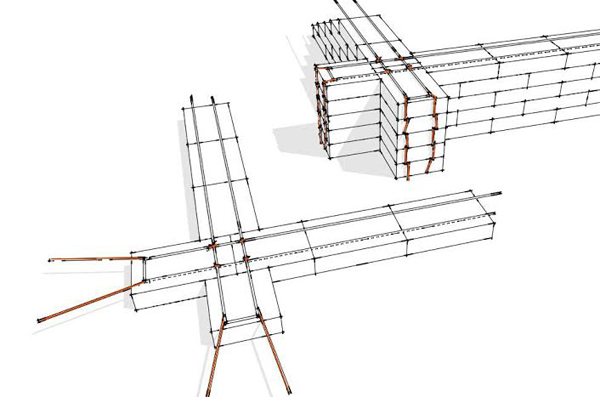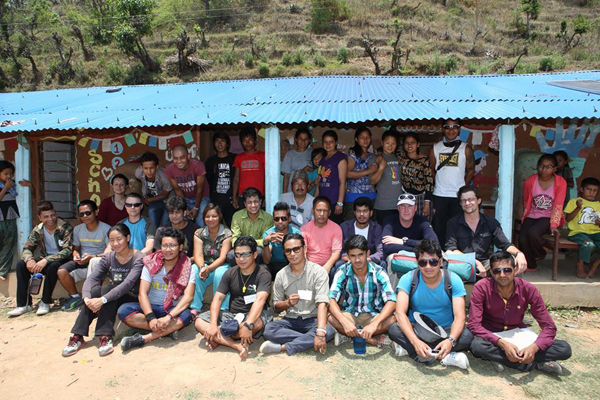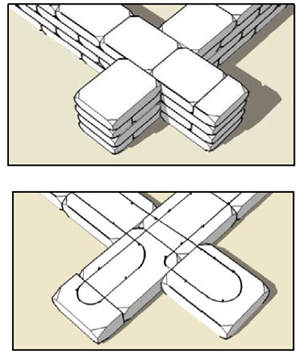I’ve had the pleasure to meet and train several hundred builders, architects and engineers in earthbag building techniques in Nepal. Even though I’ve been researching, working with and promoting earthbag building heavily since the Asian 2004 tsunami, it still amazes me how practical and efficient it is to build with earthbags. Here’s just a brief list of advantages that many people are not aware of.
disaster resistant
Buttressed Earthbag Corners With Rope Ties

Patti Stouter of Build Simple.org has another great idea for reinforcing earthbag walls at low cost in earthquake zones. For context, please see the blog post from last week called Low Cost Village Housing for Nepal and note how the corner is built.
Culturally Sensitive Disaster Response Work

I had a great talk the other day with a freelance journalist who travels and documents things such as the earthquakes in Nepal. One of our common concerns is how NGOs, and foreigners in general, respond to disasters. Aid work is fraught with well-intentioned people and innovative solutions that often go terribly wrong. Remember the emergency food dropped to war refugees by US military planes? It was unrecognizable to them and so they ended up feeding most of it to their animals.
Low Cost Village Housing for Nepal

The greatest need for housing in Nepal is in poor rural villages. Not only can they not afford cement and steel, it’s not practical to carry these heavy materials 1-2 days over mountain passes. We need to identify the most practical low cost earthbag building methods and create a document showing best practices.
Earthbag Building Nepal Radio Interview
Namaste Nepal Radio Show interview of Owen Geiger and Vava Pragya, the earthbag workshop coordinator who’s playing a pivotal role in organizing the training in Nepal. Interview starts at 2:20. Commercial breaks about 14:00-22:00 and 32:00-39:10.
Rebel Architecture (2014)
“Architecture has always determined the human world, from eccentric structures to the greatest monuments. But a rebellion is under way, led by a new breed of architect that puts people before icons — architects using the tools of their trade to restructure their surroundings and redefine their profession.
